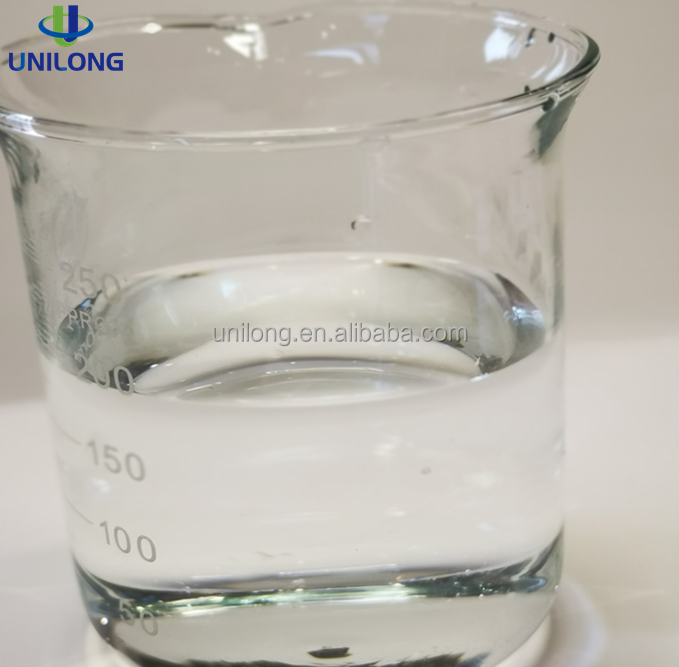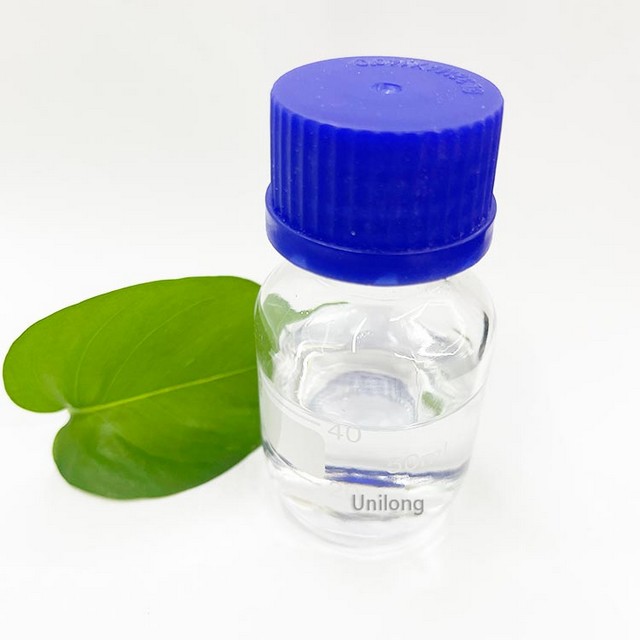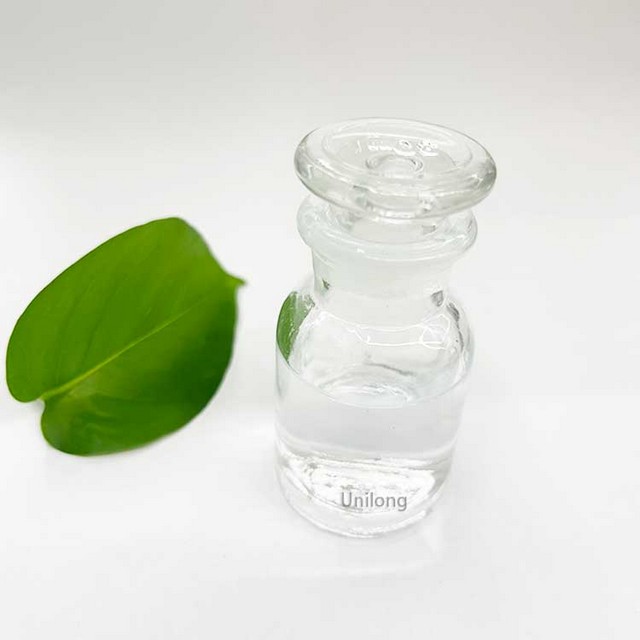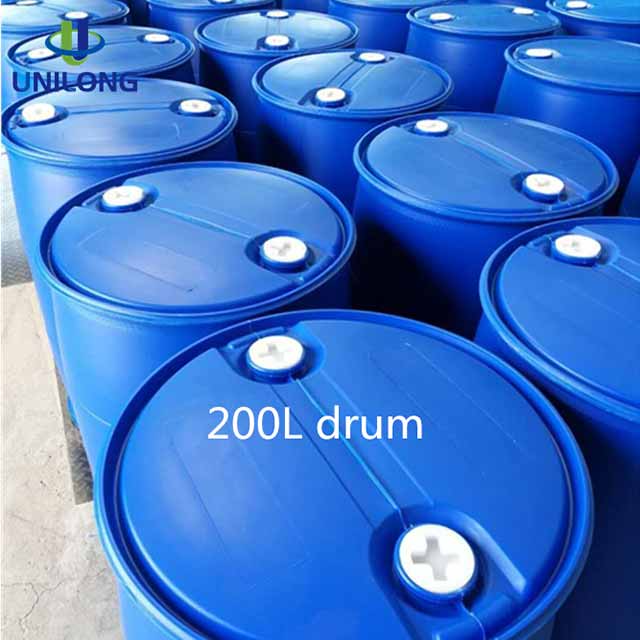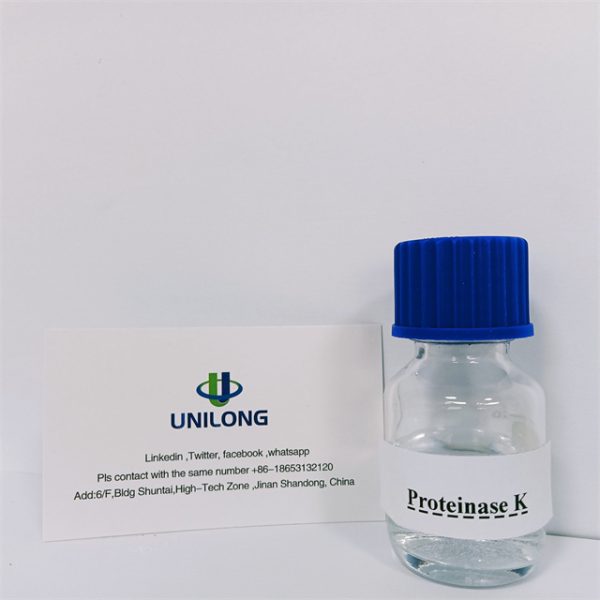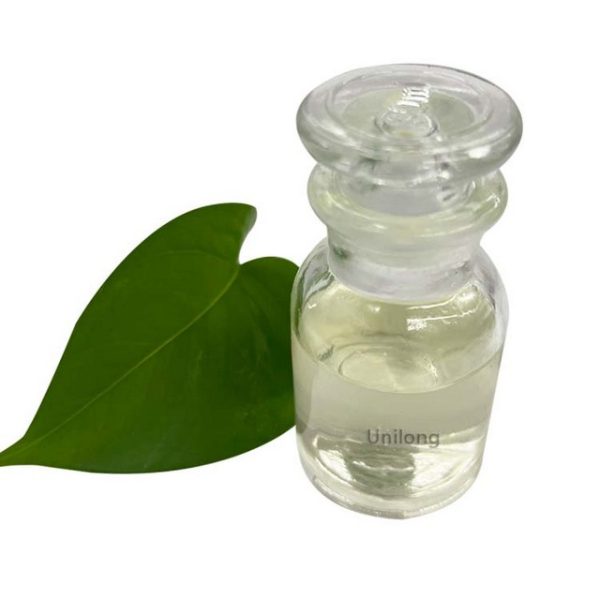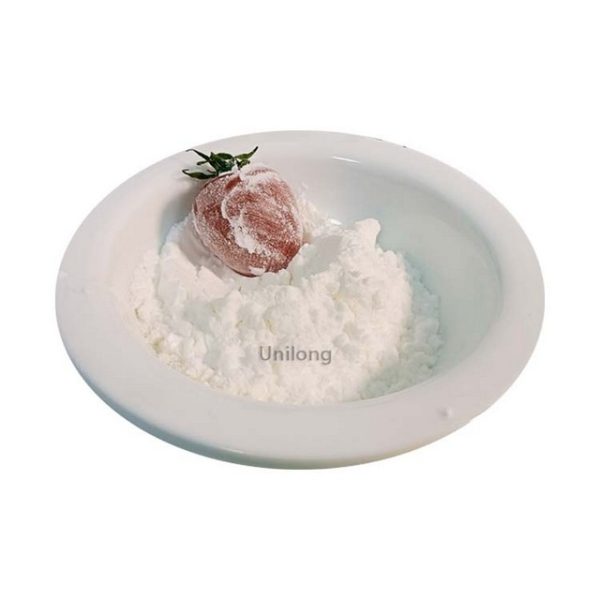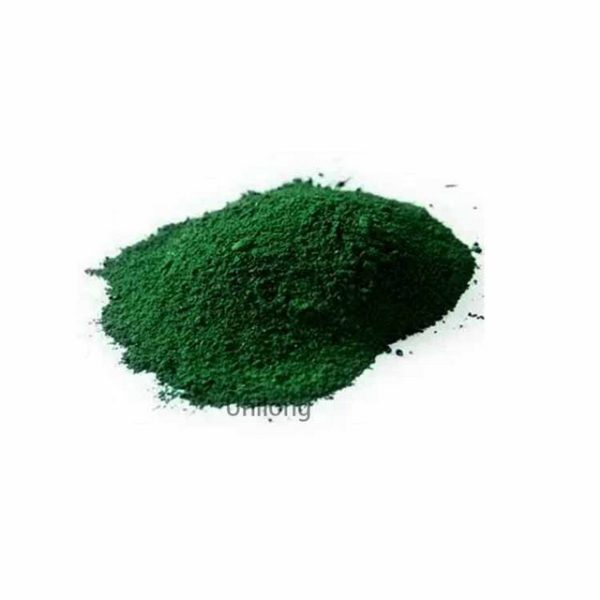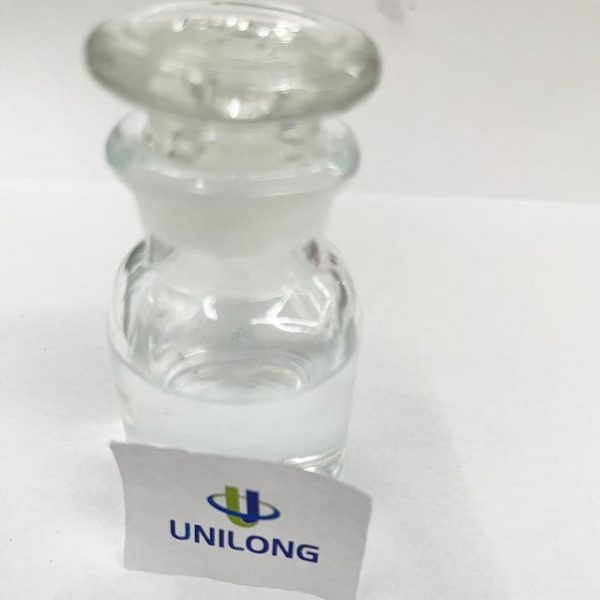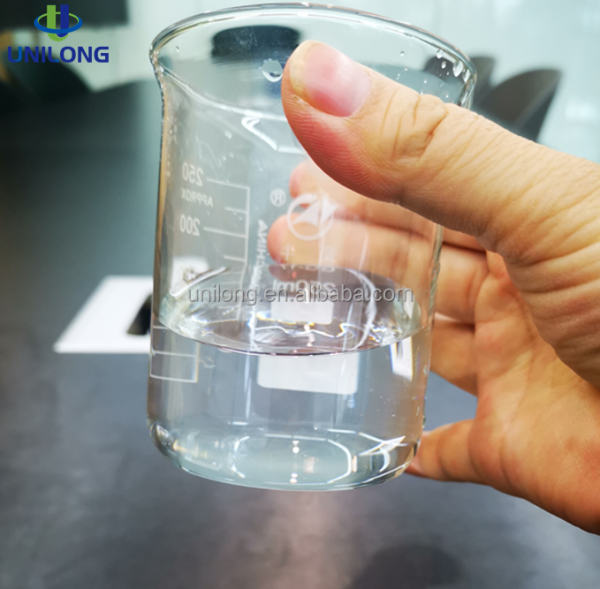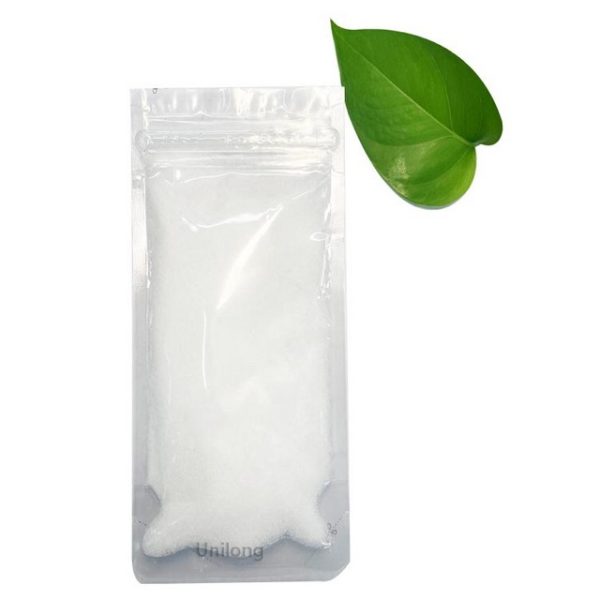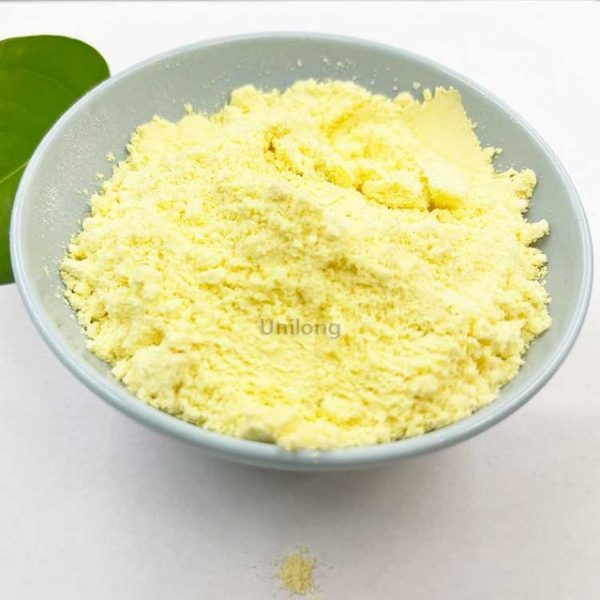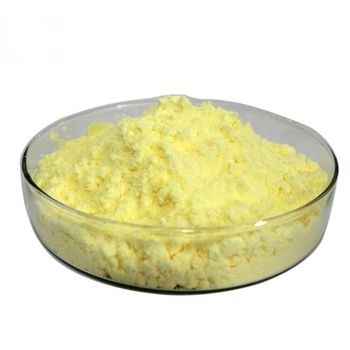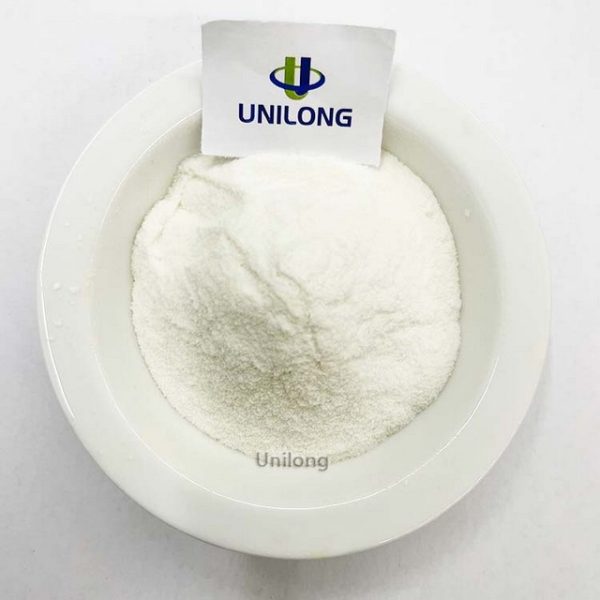CAS:28874-51-3
Chemical Name:Sodium Lauroamphoacetate
Molecular Formula:C18H33N2O3.Na
Assay:35%; 99%
Appearance:Colorless to pale yellow liquid
Synonym:5-Oxo-L-proline monosodium salt; l-pyrrolidone-5-carboxylic acid sodium salt; L-PCA-NA
What is Sodium L-pyroglutamate with cas 28874-51-3?
Sodium PCA, also known as sodium pyrrolidone carboxylate, is used as a moisturizer, skin conditioner and antistatic agent in cosmetics. It is a natural component of the skin and a good moisturizer. It has the function of strengthening keratin and is used to enhance the skin’s own moisturizing ability. Sodium PCA (SodiumPCA) is a humectant naturally present in human skin. It is the main component in the stratum corneum of the skin. It has strong moisturizing properties. It is an amino acid derivative.
Specification
| ITEM | STANDARD |
| Appearance | Colorless to yellowish liquid |
| Chloride | ≤0.02% |
| Sulfate(SO4) | ≤0.02% |
| Heavy metals | ≤20ppm |
| Iron salt(Fe) | ≤10ppm |
| Arsenic(As) | ≤2ppm |
| Assay | ≥50.0% |
Application
Sodium PCA (Ajidew NaPCA, Nalidone) is a high-performance humectant given its moisture-binding ability. Sodium PCA is a component of the skin’s natural moisturizing factor. For cosmetic use, it is derived from amino acids. It is considered a noncomedogenic, non-allergenic raw material recommended for dry, delicate, and sensitive skins.
1. It is mainly used in face cream cosmetics, solutions, shampoo, etc., as well as in toothpaste, ointment, tobacco, leather, wetting agent coatings, chemical fiber dyeing auxiliaries, softeners, antistatic agents, and biochemical reagents instead of glycerin.
2. Insulating agent
PCA Na is a natural moisturizing factor, which is one of the important ingredients. It has high moisture absorption, non-toxic, non irritating, and good stability. It is an ideal natural cosmetics health care product for modern skin care, and can make skin and hair moist, soft, elastic, shiny, and anti-static.
3.Skin whitening agent
PCA Na is an excellent skin whitening agent, which can inhibit the activity of tyrosine oxidase, prevent melanin from depositing on the skin, and make the skin white.

Packing
200kgs/drum, 16tons/20’container

Related keywords
L-Proline, 5-oxo-,sodium salt (1:1); dium L-pyroglutamate; Sodium L-pyrrolidonecarboxylate; xo-L-proline monosodium salt; Pyrrolidone Carboxylicacid-Na; DL-PYROGLUTAMIC ACID SODIUM; (S)-5-Oxopyrrolidine-2α-carboxylic acid sodium salt; 5-Oxo-L-proline sodium salt; 5-Oxoproline sodium salt; SODIUMPYROGLUTAMICACID; P; 5-oxo-, monosodium salt, L-(8CI; sodium (2S)-5-oxo-2-pyrrolidinecarboxylate; Sodium pyrrolidone carboxylic acid; sodium (2S)-5-oxopyrrolidine-2-carboxylate; Sodium L-pyroglutamate/PCA-NA; Sodium L-Pyroglutamate (Technical Grade); Sodium Pyrrolidone Carboxylate,SodiumPCA; Sodium L-Pyroglutamate PCA-Na
